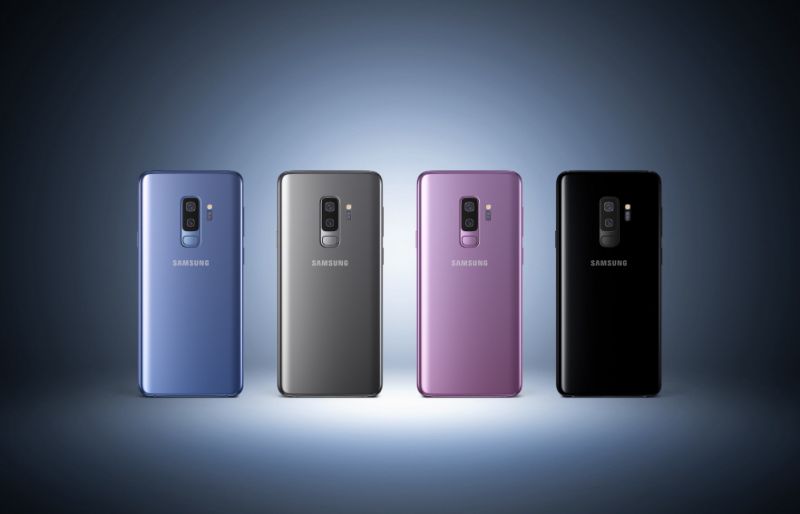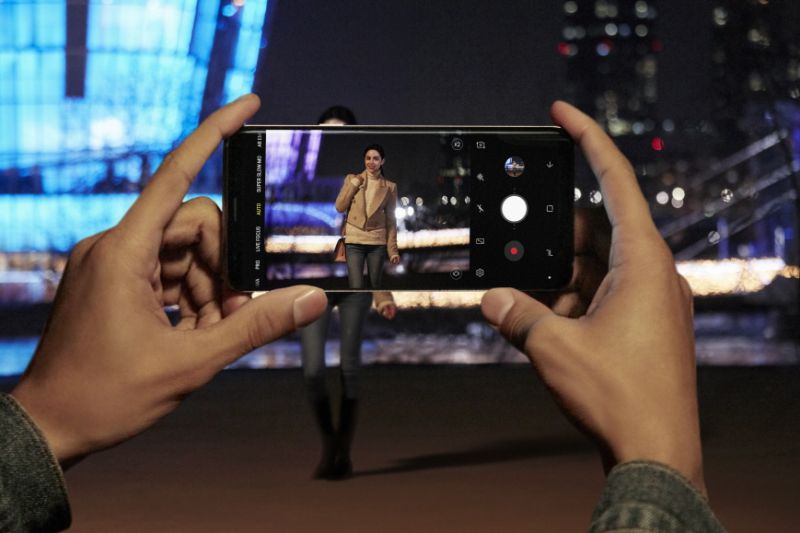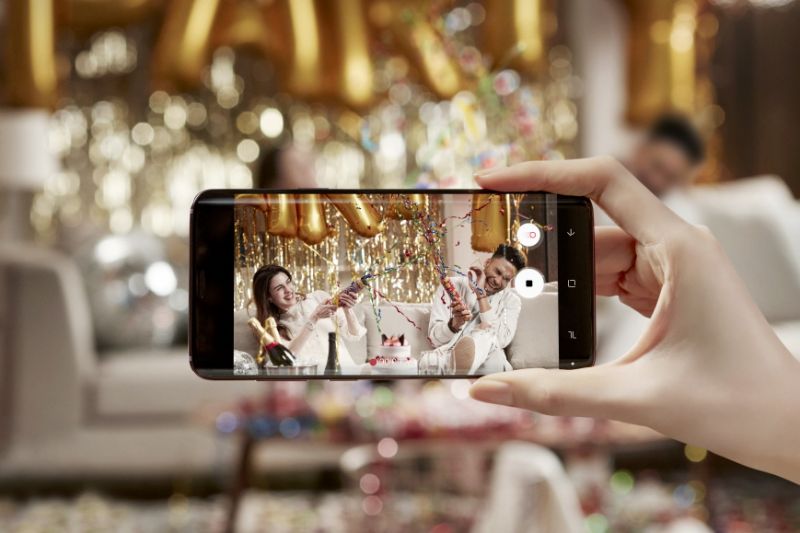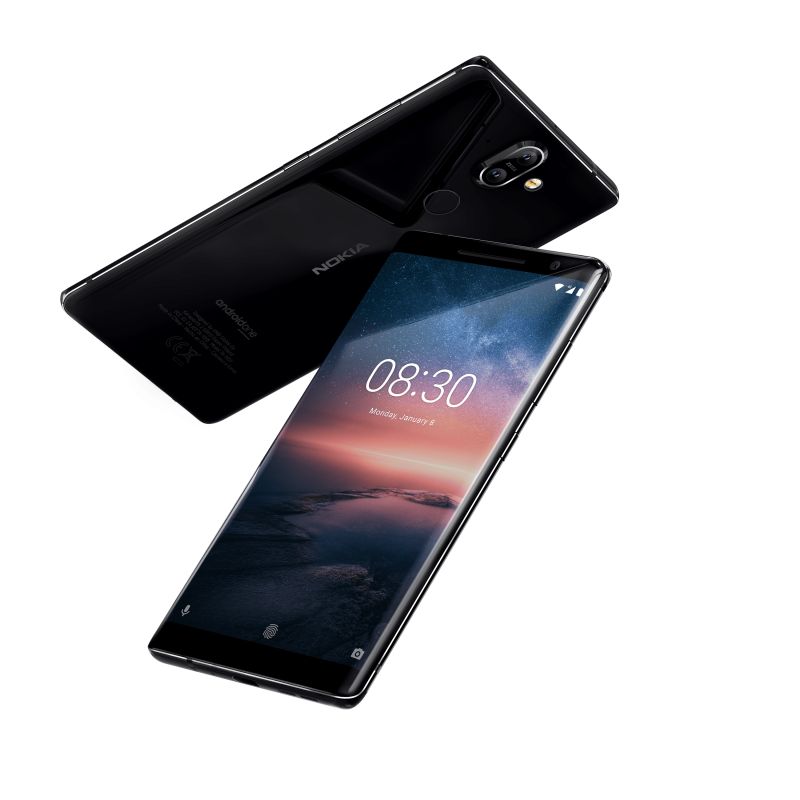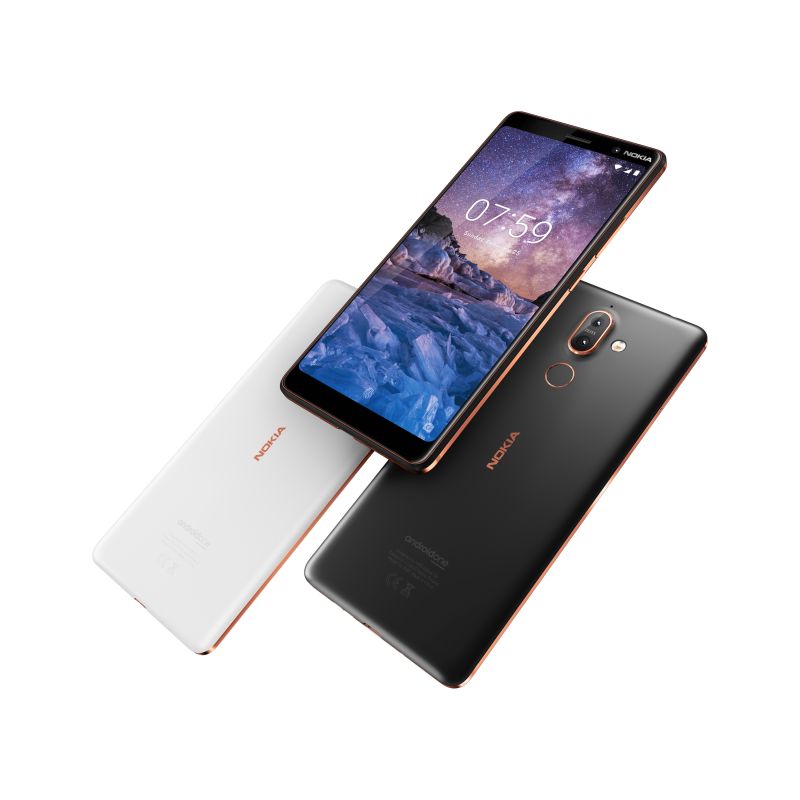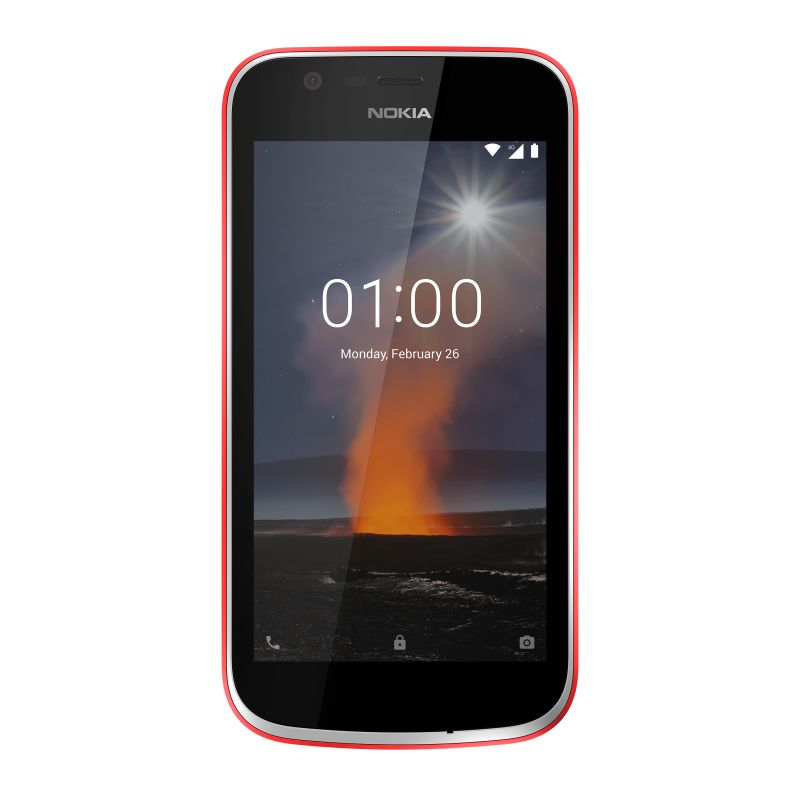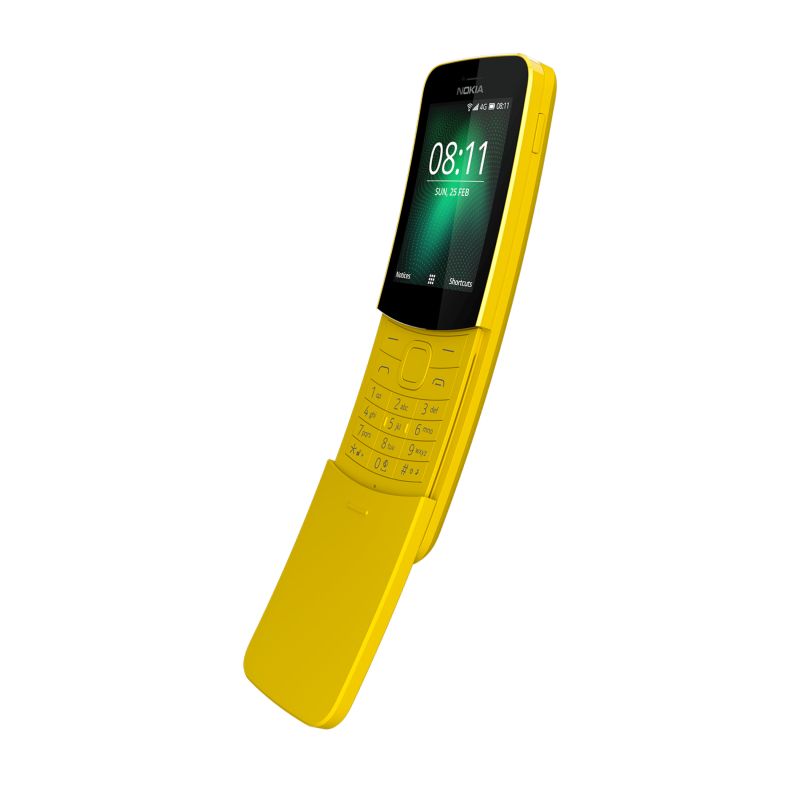MWC 2018 Day 1: Nokia, Samsung start with a big bang
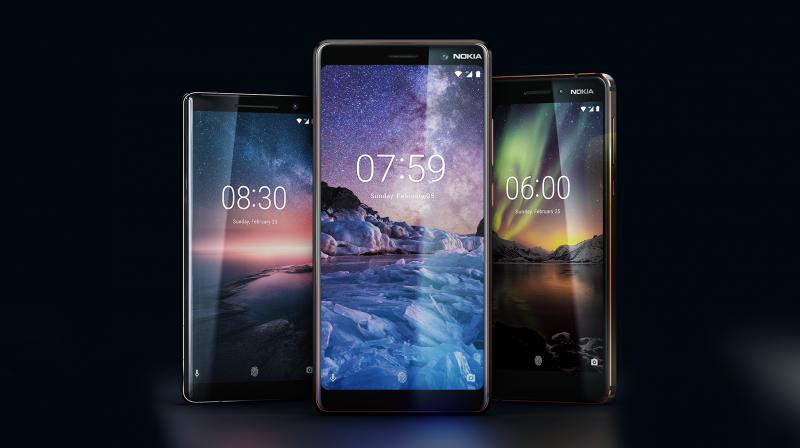
One of the biggest highly anticipated events of the technology world is finally underway — MWC 2018, and it has gotten off to a flying start. Samsung — a synonymous name in most countries around the world, has taken the stage to get the new Galaxy S9 series of flagship smartphones. As if that wasn’t enough, HMD Global’s Nokia also came up with five new phones, out of which four are Android smartphones and one being a reincarnation of a classic Nokia phone —Nokia 8110. If you missed out on these launches last night, then you can catch up with all the new stuff here.
Samsung Galaxy S9, S9+
We have been waiting for a long time to see what Samsung had in store for its fans in 2018. While there was no mention of the rumoured Galaxy X foldable smartphone, the Galaxy S9 and S9+ were shown to the world. Samsung’s latest flagships will start at $719 (approximately Rs 47,000) for the smaller Galaxy S9 and go up to $839 (approximately Rs 54,000) for the Galaxy S9+. However, expect the Indian prices to be more than the US prices, approximately on par with the S8’s first price tag.
Both the Galaxy S9 and S9+ are essentially substantial updates to last year’s Galaxy S8 and S8+. Therefore, the design may look familiar, but is actually tweaked — Samsung says that the display has slightly reduced bezels on top and bottom whereas the screen is a little brighter when compared to the old S8. Those narrow bezels also house a stereo speaker setup. Samsung has also tinted the display with a shade of black to hide the sensors and the borders of the display. The S9 gets a 5.9-inch Curved Super AMOLED QHD+ display whereas the S9+ gets a 6.2-inch QHD+ display.
Inside, both the S9 and S9+ contain a 10nm Snapdragon 845 chipset for the North American markets whereas the rest of the world will experience an undisclosed version of Samsung’s own Exynos chipset with a similar architecture. The S9 gets 4GB of RAM as standard whereas the S9+ has to make do with 6GB of RAM. Both the models are available in storage capacities of 64/128/256GB, with expandable storage up to 400GB. They run Samsung’s new custom UI based on Android 8.0 Oreo. Bixby also makes a comeback as Bixby 2.0 with new capabilities such as identifying buildings, translating text from an image and identifying nutritional levels from food articles. However, as in typical Samsung style, they will be available sometime later this year. Samsung’s biometric authentication system now uses the iris scanner and the facial recognition setup for added security. The S9 is backed by a 3000mAh battery whereas the S9+ gets a 3500mAh battery. And, if you wondered, the 3.5mm headphone jack stays (hurrah).
However, the S9 and S9+’s party piece is the camera — both the models get a variable aperture rear camera sensor. The S9 has a 12MP Dual Pixel camera with a variable aperture between f/1.5 and f/2.4, aided by OIS. The S9+ gets a 12MP Dual Camera Dual Pixel setup with the similar variable aperture setup on the wide-angle lens of f/1.5 and f/2.4 and a fixed f/2.4 aperture telephoto lens — both aided by OIS. The cameras get a lot of Augmented Reality tricks like the Pixel 2 — Samsung’s AR Emojis can scan faces from a 2D image and maps 100 facial features to create an animated 3D model, which can be sent to all platforms in a GIF format (ahem, Apple!). They also get a new 960fps slow-motion recording, the results of which can be used as a GIF or even as a live wallpaper.
The S9 also supports Samsung DeX like its predecessor. However, Samsung has brought a new DeX accessory for the S9 — the DeX Pad. The DeX Pad will allow users to use the S9’s display as a trackpad and a keyboard. The Pad also consists of two USB ports, a USB Type-C port and an HDMI port. And, if you were wondering, the DeX Pad can also be used with the S8, S8+ and Note 8.
Both of them will be available from March in the US whereas other major markets should see a similar launch date. Samsung India has started bookings for the S9 and S9+ with a pre-book amount of Rs 2,000.
Nokia 8 Sirocco:
Nokia turns over a leaf in 2018 with their Nokia 8 Sirocco — a 749 Euros (approx Rs 60,000) flagship smartphone built around a Snapdragon 835 chipset accompanied by 6GB of RAM and 128GB of onboard storage. The Nokia 8 Sirocco embraces a Samsung-style curved AMOLED display — it’s 5.5-inch 18:9 panel protected by Gorilla Glass 5. In fact, the phone is made up of Gorilla Glass 5 and a metal frame.
It runs on an Android One ROM (currently on Oreo), which means timely Android updates. It also comes with Nokia’s OZO triple mic setup for audio recording. There’a 12MP f/1.7 rear camera and a 5MP selfie camera equipped with Nokia’s Bothie feature. It is fuelled by a 3260mAh battery and sports a USB Type-C port as well. Is it all good then? There’s no headphone jack!
Nokia 7 Plus:
A midrange smartphone with a 399 Euros (approx Rs 32,000) price tag, the 7 Plus is built around a Snapdragon 660 chipset coupled with 4GB of RAM and 64GB of onboard storage. Being an Android One phone, it presently runs on Oreo and will get the timely update to Android P. Nokia OZO triple-mic is also present here for audio recording.
The 7 Plus gets a 12MP rear camera with f/1.7 aperture whereas the selfie sensor is a 16MP sensor — both equipped with ZEISS optics. It’s backed by a 3800mAh battery.
‘New’ Nokia 6:
This is one model that will come to India for sure. Nokia seems to have a winner with 2018 model as it runs on Android Oreo (based on an Android One ROM) and utilises a Snapdragon 630 chipset along with 4GB of RAM and 32GB of onboard storage. There’s a 5.5-inch 16:9 full HD LCD display protected by Gorilla Glass 3 and a 3000mAh battery to keep it powered.
The 16MP rear camera along with the 8MP front camera gain ZEISS optics as well. It’s priced at 279 Euros (Rs 22,000 approx) for the European markets, however, Indian customers could get to see it go head-to-head with Xiaomi’s Mi A1 Android One smartphone.
Nokia 1 (Android Go):
Nokia surprised us all with the first Android Go smartphone at the MWC 2018. The Nokia 1 runs on a lightened version of Android Oreo 8.1 and is scheduled to get timely security patches as well as Android updates. The Nokia 1 is powered by a MediaTek MT6737M SoC aided by 1GB of RAM and 8GB of storage.
There’s a 5MP rear camera as well as a 2MP selfie camera for handling the photography department. To keep the prices low, there’s a 4.5-inch LCD IPS display with 16:9 aspect ratio. At $85 (approx Rs 5,000), the Nokia 1 will be available with customisable Xpress-on covers. This one should come to India and sit under the Nokia 2, making a worthy alternative to feature phones.
Nokia 8110:
Nokia is keeping up with the tradition of re-launching iconic feature phones from the past since last year. After the 3310, Nokia has brought back the iconic 8110 “banana phone’ with a sliding keymat — it has a T9 keypad with navigation buttons. The phone runs on Kai OS, which is based on Firefox OS (also used in the JioPhone). It is built around a Qualcomm 205 chipset accompanied by 512MB of RAM and 4GB of onboard storage.
There’s a 2.4-inch curved display at the front, which is backed up by a 1500mAh battery. There’s even a 2MP rear camera with LED flash. However, the headlining feature is the presence of 4G VoLTE network support and a dual-SIM setup, which makes it different from its rivals. It is priced around 74 Euros (approx Rs 6,000) and could make it India sometime later in the year, like the 3310.
Click on Deccan Chronicle Technology and Science for the latest news and reviews. Follow us on Facebook, Twitter.

